5 Reasons why you should travel to Tanzania in low season
Venturing out on safari in wet season does not particularly sound attractive at first thought, right? However, what lodges consider as low season, we rather call it the ‘green’ season.
The truth is that this low season in Tanzania is quite special. There are some major benefits to traveling off peak that you might even not know. We will share with you 5 reasons why traveling in Tanzania during green season is absolutely amazing. And pssst, don’t tell anyone!
1. Escape the crowds
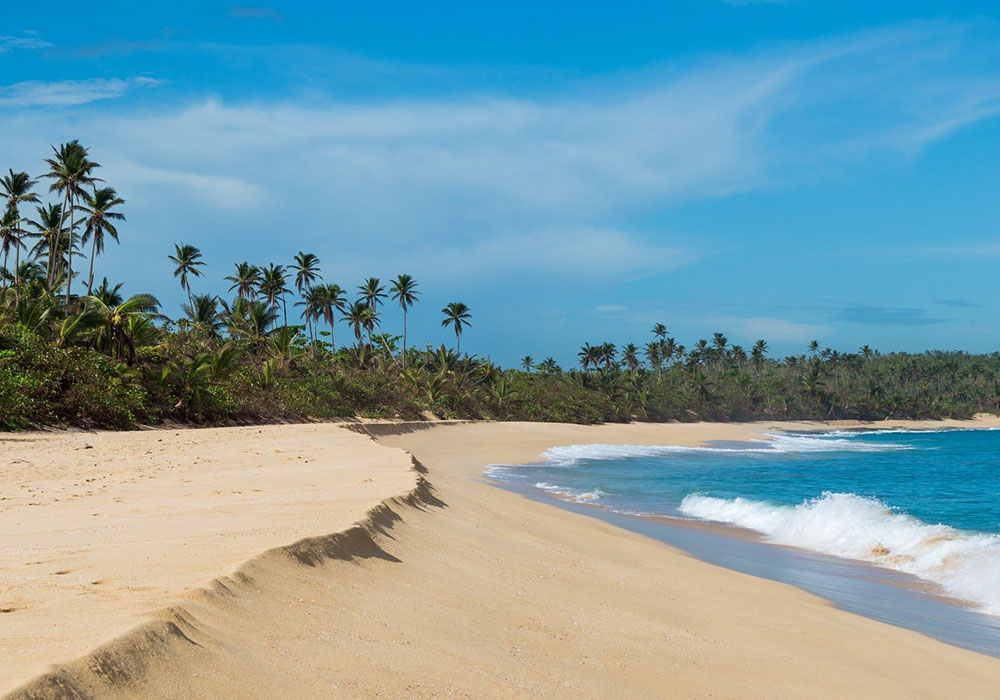
Tanzania is a beautiful, authentic and unparalleled safari destination, home to spectacular natural wonders such as the Ngorongoro Crater and the Great Wildebeest Migration. No wonder that it attracts millions of tourists every year!
One of the biggest advantages to traveling in low season is that you will be able to avoid the crowds. Imagine the never-ending plains of the Serengeti, without seeing any other vehicle. Discovering and observing a lion’s pride all by yourself, without having to ‘share’ them with other tourists. Unwinding at the most divine beaches which you will have almost to yourself. During off-peak season you will have more time and space to comfortably explore and get truly immersed in these unique places.
2. Value for money
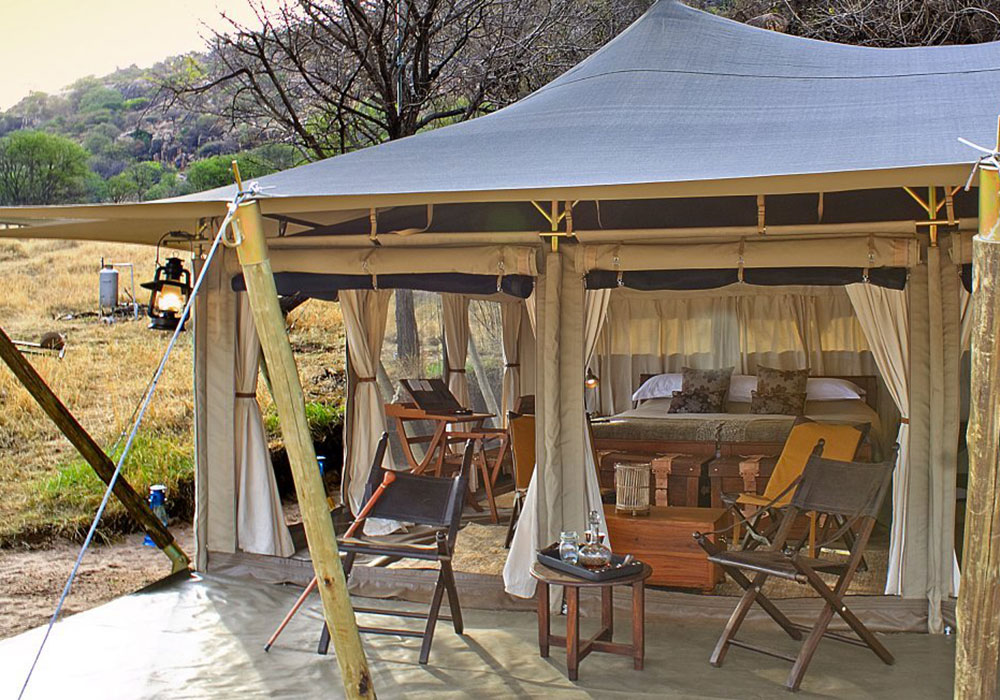
Let’s be honest, a safari in East Africa can be quite costly. But if you plan wisely, you can benefit huge discounts and go on a safari which would have costed you double, or even triple, in other months.
As the crowds thin out, many accommodations will drop their rates and offer appealing specials which makes your planned safari suddenly much more affordable. Or you can finally indulge yourself in the luxury of an all-inclusive five star resort, which otherwise would have been out of reach. Even airline tickets are usually more budget-friendly compared to busy months like July and August.
3. The weather during green season
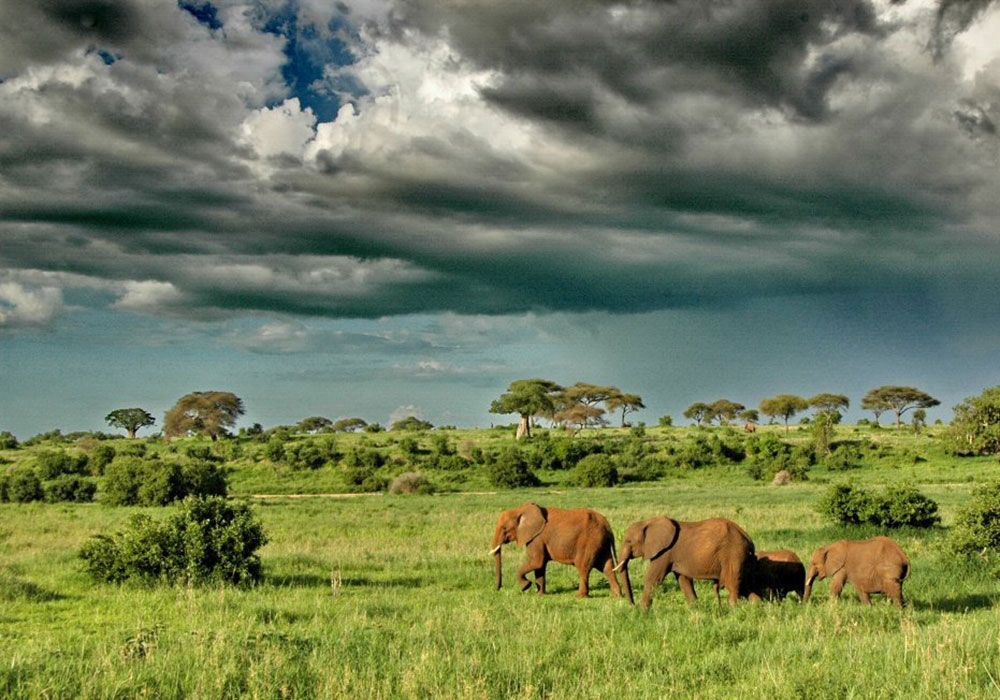
Your biggest concern, understandably, may be that it will rain all day and your holiday will fall apart. This is not the case. Usually it does not rain continuously. It is often a heavy downpour at night or early in the morning which will clear up again and be followed by the sun.
Moreover, temperatures of about 25 degrees are ideal. It is not as hot and dusty as in January-February and especially in places at a higher altitude it will not get as cold as during the winter months June to August.
4. Excellent photographic opportunities
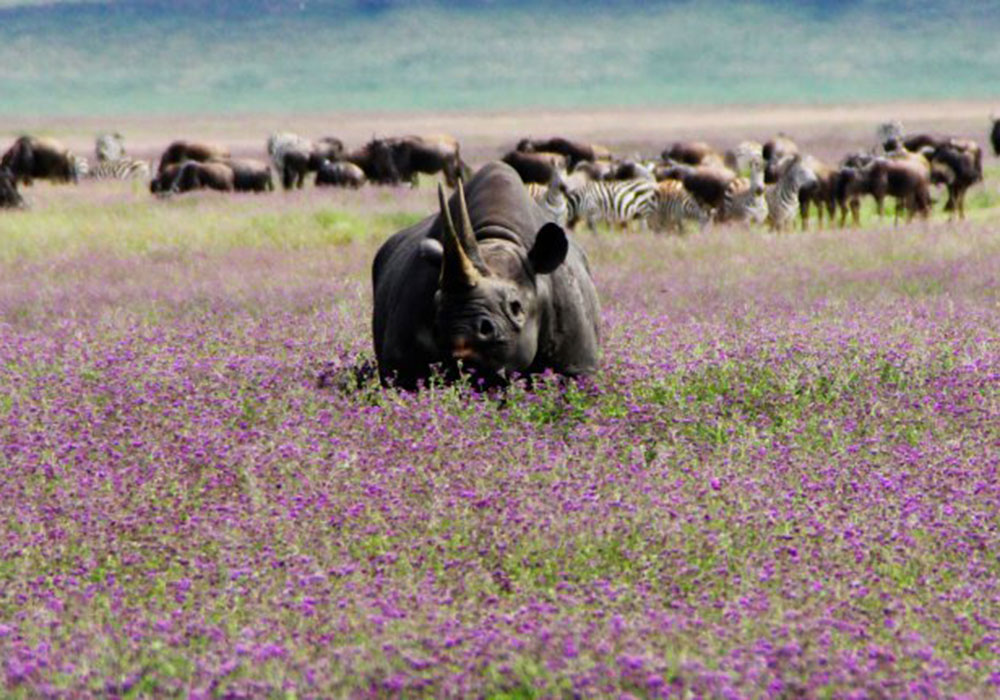
We sincerely think that just before, during and after the wet season, the scenery is at its most beautiful! With dramatic skies full of rain clouds in the background, the light becomes intense and deep. The rains transform the dusty plains into lush grasslands, leaving the air fresh and crisp. After some good rains, the floor of the Ngorongoro Crater will suddenly be blooming luxuriantly, with pink, yellow, blue and white flowers everywhere. Also Zanzibar turns into a luscious green scenery, a gorgeous contrast with the white sandy beaches. And days tend to end with luminous sunsets.
“A safari during low season offers you some of the best photographic opportunities, making your pictures look like a pro. No filter needed!”
5. Baby animals and birds
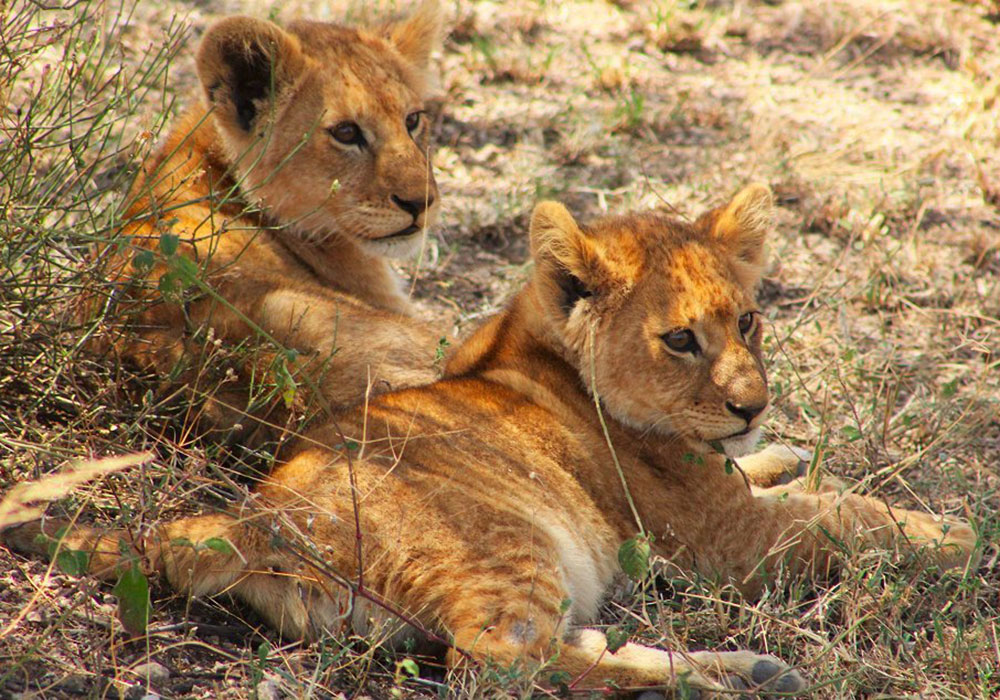
The national parks in Tanzania offer excellent game viewing throughout the year. But particularly early in the year is the period that many animals give birth. A safari in wet season is a great time to see the still clumsy wildebeest calves. Or the curious zebra foals and cute lion cubs that are playing around. And not to forget, to track the predators that take advance of the abundance of prey!
March and April are also the months when flocks of migratory birds arrive for the wet summer season. In this period, Lake Manyara can cover up to 60% of the park’s total area, attracting thousands of storks, pelicans and spoonbills. The softly chatting flamingos give the lake a beautiful pink ribbon as they flock together in the shallow waters. A magical time for bird lovers!
In short, traveling in low season means you will escape the crowds, benefit from discounted rates and experience unique happenings that do not take place in high season!
So when is low season in Tanzania?
Low season generally runs from mid March to May (long rains) and November to mid December (short rains). Keep in mind though that climate is changing, just like everywhere else in the world, and the rains are becoming more and more unpredictable. The months of April and May are the best periods to enjoy great savings and spectacular offers.
